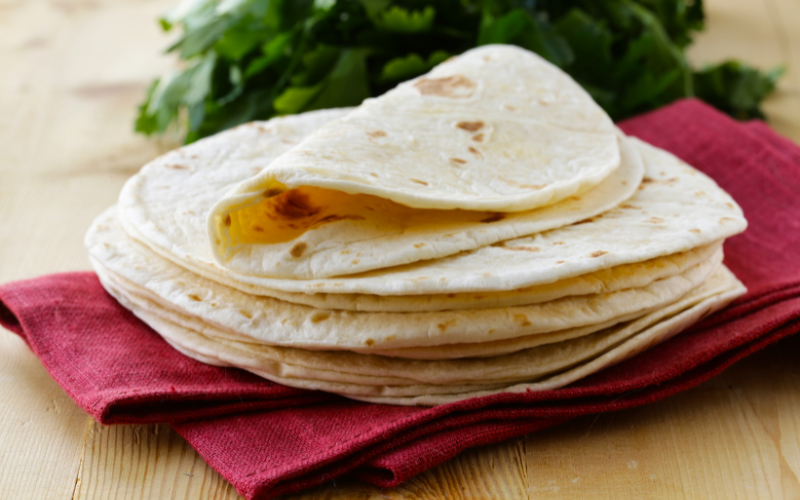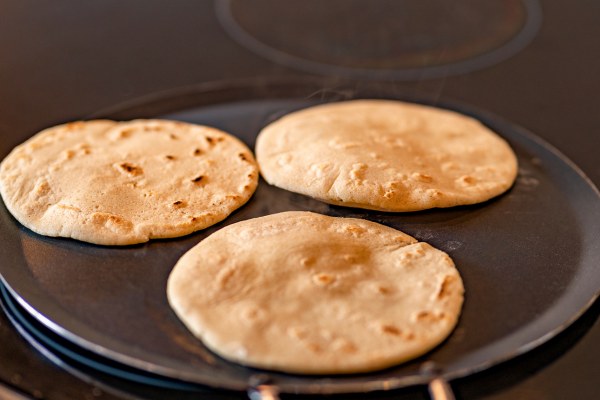An Overview Of Corn Flour
Few ingredients possess the rich history and versatility of corn flour. Derived from ground maize, corn flour has been a staple in traditional cuisines across the globe for centuries. Its journey from ancient civilizations to modern kitchens is as fascinating as its myriad uses. Join me as we explore the history of corn flour and delve into a delightful recipe that celebrates its unique flavor and texture.
A Brief History of Corn Flour
Corn, or maize, holds a revered place in indigenous peoples’ cultural and culinary traditions in the Americas. Originating in Mesoamerica thousands of years ago, corn was not just a crop but a symbol of life and sustenance. Cultivated by civilizations such as the Mayans, Aztecs, and Incas, corn was a cornerstone of their diets and rituals. These ancient cultures not only revered corn as a sacred crop but also developed sophisticated methods of processing and preparing it, including the creation of corn flour.
One of the most significant innovations in corn processing was the creation of corn flour. Traditionally, corn was ground using stones or metates to produce a fine powder known as masa harina in Spanish-speaking regions. This versatile flour served as the foundation for a wide range of culinary delights, from the iconic tortillas and tamales to lesser-known but equally delicious pupusas and arepas. The possibilities with corn flour are endless, and its versatility is a testament to its enduring popularity.
With the arrival of European settlers in the Americas, corn flour found its way into new culinary traditions. In North America, cornbread became a beloved staple, while in South America, it became an essential ingredient in dishes like Colombian arepas and Venezuelan cachapas.

Homemade Corn Tortilla Recipe
Now, let’s embark on a culinary adventure and explore the magic of corn flour with a simple yet delicious recipe for homemade corn tortillas. These tender, flavorful tortillas are perfect for tacos, quesadillas, or enjoying on their own with a sprinkle of salt.
Ingredients
- 2 cups corn flour (masa harina)
- 1 1/2 cups warm water
- 1/2 teaspoon salt (optional)
instructions:
In a large mixing bowl, combine the corn flour and salt (if using). Gradually add the warm water, stirring continuously until a soft, pliable dough forms. The dough should hold together well but not be too sticky.
Divide the dough into golf ball-sized portions and roll each portion into a smooth ball between the palms of your hands.
Preheat a cast-iron skillet or griddle over medium-high heat.
Place a ball of dough between two sheets of parchment paper or plastic wrap. Using a tortilla press or a heavy flat-bottomed pan, flatten the dough into a thin, round tortilla about 6 inches in diameter.
Carefully peel away the top sheet of parchment paper or plastic wrap, then transfer the tortilla to the hot skillet or griddle. Cook for 30-60 seconds on each side until lightly golden and cooked through. The tortilla should puff slightly as it cooks.
Remove the cooked tortilla from the skillet and keep warm in a clean kitchen towel while you cook the remaining dough.
Serve the warm tortillas immediately or store them in a clean kitchen towel to keep them soft and pliable until ready to use.
Savor the Corn Flour
Corn flour is not just an ingredient; it’s a symbol of cultural heritage, culinary innovation, and the enduring power of tradition. From ancient civilizations to modern kitchens, it’s versatility and rich flavor have stood the test of time, delighting taste buds and bringing people together around the table. So, the next time you reach for a bag of corn flour, remember its rich history and culinary heritage and savor every delicious bite.
